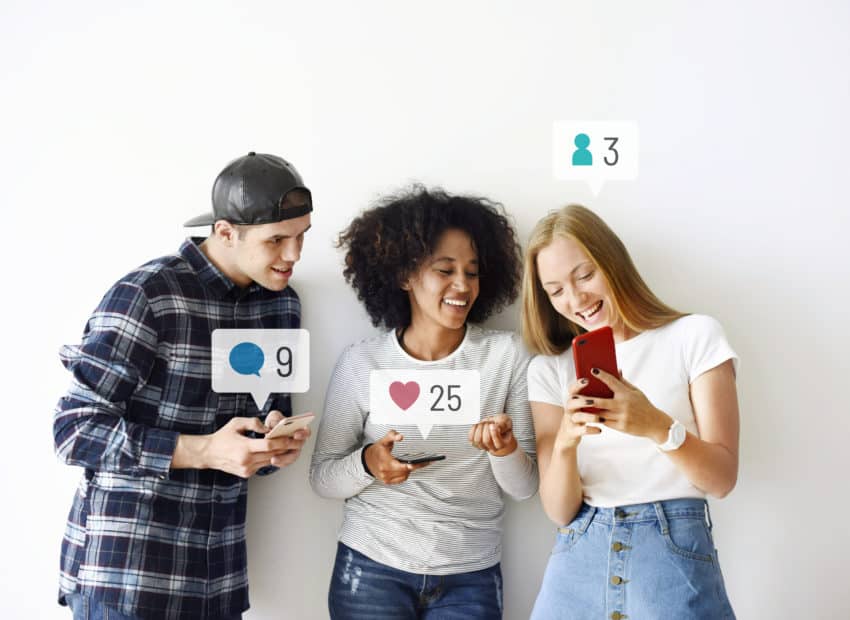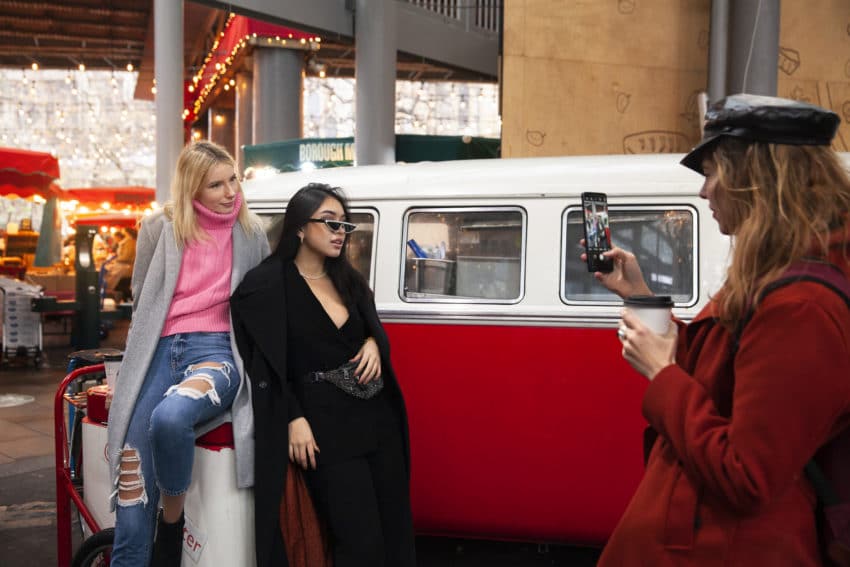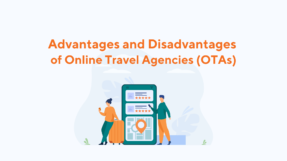When you’ve mastered the basics of promoting your tour and activity business on social media, it’s time to consider taking the next step. Working with influencers, especially those on Instagram and TikTok, can be an effective way to advertise your tours and activities–but it can also be risky. Here are three influencer pitfalls to watch out for when looking for an influencer to support your brand.

Top 3 Social Media Influencer Pitfalls
Fake Followers
Higher follower counts aren’t always better. Setting aside the impressive engagement rates and lower costs of smaller influencers, big numbers can also be misleading.
Every brand that works with influencers needs to be aware of fake followers. To make their profiles look more promising, would-be influencers may buy follows from bots or other illegitimate sources. Since you’re paying to reach an influencer’s audience, you need to ensure that most of that audience is both real and interested in your influencer’s content. Otherwise, your costs when working with influencers could be way higher than any benefit you gain.
Accounts with a lot of fake followers have a few tells:
The profile has abnormally low or high engagement. Cheap fakes offer a follow and nothing more. Good fakes will like and even leave fake comments on posts. Either way, fake followers are likely to skew a profile’s engagement rates.

The profile follows too many people. Instagram superstar Selena Gomez only follows 220 people, a manageable number that makes her seem authentic to her hundreds of millions of followers. People who follow hundreds of accounts might be a little less engaged with them than people who follow dozens, since it’s hard to keep up with so many users at once. But people who follow thousands upon thousands of accounts probably aren’t even trying to keep up with their feeds–instead, they’re most likely trying to trade follows for follows. They may also participate in hashtags such as #likeforlikes or #followback. These tactics boost their numbers without increasing the actual engagement or visibility of their posts, which is bad for sponsors.
The same group of followers always engages early. Instagram pods are a controversial tactic wherein groups of influencers band together to consistently like and comment on each others’ posts. Some sponsors dislike pods, since they artificially boost engagement numbers. Others are less concerned, because their sponsored posts are still getting a lot of interaction from real people who may well purchase their products or services. It’s up to you whether you’d consider this a major Instagram pitfall.

If you’re concerned that your prospective influencers may have a lot of fake followers, there are software options available to check their legitimacy. Just bear in mind that as much as platforms continue to fight them, bots are everywhere. It’s almost impossible to be totally free of them, so don’t reject an influencer because they have a few fake followers. If most of the people following an influencer are actually people, it’s probably safe to proceed.
Fake Sponsored Content
If your prospective influencer already has a lot of sponsorships, they’re clearly a good pick, right? After all, those other companies probably did their research.
Not so fast.
The hardest part of an influencer’s career is snagging their first few sponsorships. With a couple high-profile campaigns under their belt, other brands are more likely to pick them up.
That’s why some influencers looking for their big break have taken to faking it till they make it, according to a detailed report from The Atlantic.
Fake sponsored content can be convincing. A good fake mimics a real campaign as closely as possible, using the same design language, same verbiage, and same hashtags. Sometimes this is intended to trick potential sponsors or followers. Sometimes it’s just a case of someone chasing trends too closely, or trying to fit in. Either way, fake sponsorships are a minefield for brands new to the sponsored content game.
You might be able to spot these fakes by seeing who the brand features during the campaign or credits on their website. Eventually, Instagram may fully roll out its branded content tools to eliminate this problem entirely. Until then, the best way to avoid fake influencers is to make sure the rest of their bona fides are up to your standards.
Lack of Influence

Anyone with followers can get your tours or activities out in front of people’s eyeballs. But if you just want a moment of people’s attention, paid ads are just as practical.
An influencer sells you their influence–their power to reach people. So it’s important to consider not only how many followers someone has, but also how successfully they engage those followers.
- Does your prospective influencer interact with their followers?
- Do they take the time to craft effective captions?
- Do they expand their reach with the right hashtags?
- Are they sharing glimpses into their life with their Stories, Reels and photos?
- Are followers commenting and liking their posts?
The time you spend evaluating these things gives you another valuable opportunity, too. With a close examination of an influencer’s feed, you can learn whether their values align with your brand. A little effort will help you avoid influencer pitalls and boost your brand.
But evaluating your influencers takes time. If you don’t want to spend that time, there are agencies that will do it for you, matching your brand with ideal influencers for your budget and goals.
No matter how you do it, though, you want to keep an eye on more than your metrics when working with influencers. When you want authentic recommendations from real people, you risk the mistakes and cut corners that real people bring.
Search The Blog
Most Popular Articles
- Advantages and Disadvantages of Online Travel Agencies (OTAs)
- Set-jetting, Forest Bathing, and Hush Trips: 20 Innovative Tourism Business Ideas and Trends for 2023
- Your Marketing Mix: the 7 Ps of Travel and Tourism Marketing
- How to Create and Promote Amazing Tour Packages
- Get More Bookings With These 9 Tourism Website Essentials





